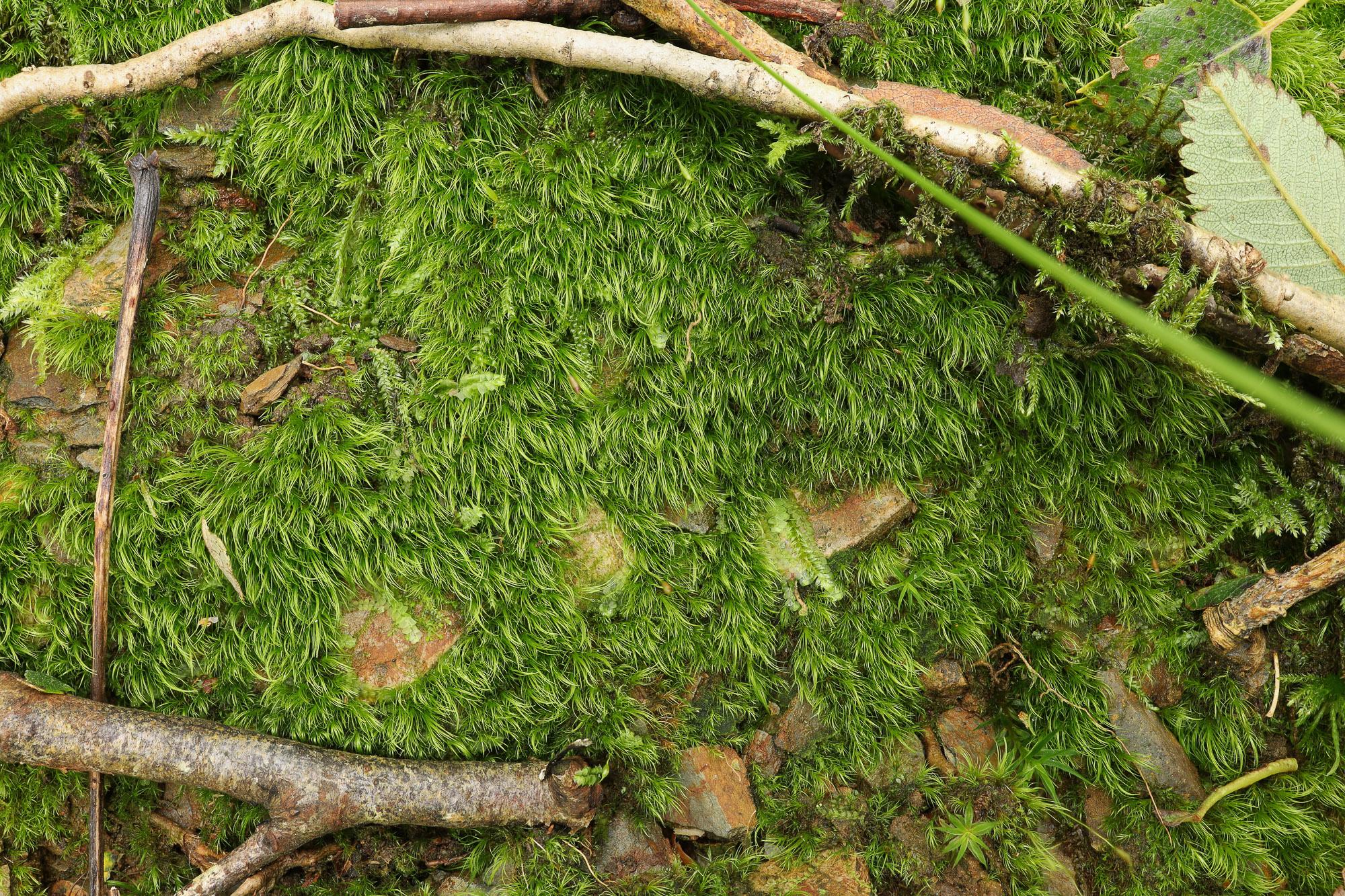
2020-08-26-12-38-52.jpg from: https://www.britishbryologicalsociety.org.uk/learning/species-finder/dicranella-heteromalla/
Introduction
In the vast and captivating world of bryophytes, the Dicranella heteromalla (Hedw.) Schimp. moss stands out as a remarkable member of the Dicranellaceae family. Often referred to simply as Dicranella, this unassuming yet fascinating moss has captured the hearts of enthusiasts and naturalists alike. Let’s embark on a journey to unravel the secrets of this diminutive botanical wonder.
Background
Before delving into the intricacies of Dicranella heteromalla

a9436834cd3a2283d85419fed7c1e623.jpg from: https://www.asturnatura.com/especie/dicranella-heteromalla
, it’s essential to understand its place within the broader context of bryophytes. These non-vascular plants, which include mosses, liverworts, and hornworts, are among the oldest land plants on Earth. They play a crucial role in various ecosystems, acting as pioneers in colonizing new environments and contributing to soil formation and moisture retention.
Main Content
Morphology and Identification
Dicranella heteromalla is a small, acrocarpous moss that forms dense, cushion-like tufts or mats. Its slender stems, typically reaching a height of 1-3 centimeters, are adorned with delicate, lanceolate leaves that curve inward when dry and spread outward when moist. One of the distinguishing features of this moss is its heteromallous growth pattern, where the leaves are arranged in a spiral, giving the plant a distinctive appearance.
Global Distribution and Habitat
This resilient moss has a widespread distribution, thriving in various habitats across the globe. It can be found in temperate and subtropical regions, often colonizing disturbed areas, such as roadsides, paths, and bare soil. Dicranella heteromalla is particularly fond of acidic substrates, making it a common sight on sandy or gravelly soils, as well as on rocks and tree bark.
Ecological Roles and Adaptations
Despite its diminutive size, Dicranella heteromalla plays a vital role in its ecosystem. As a pioneer species, it helps stabilize and enrich soils, creating favorable conditions for other plants to establish themselves. Additionally, this moss serves as a microhabitat for various invertebrates, providing shelter and food sources.
One of the remarkable adaptations of Dicranella heteromalla is its ability to withstand desiccation. During dry periods, the leaves curl inward, protecting the delicate inner tissues from excessive water loss. This resilience allows the moss to thrive in environments where moisture availability can be unpredictable.
Case Studies/Examples
In a study conducted in the Pacific Northwest region of North America, researchers found that Dicranella heteromalla played a crucial role in facilitating the establishment of other plant species in disturbed areas. The moss acted as a nursery, providing a suitable microclimate and substrate for the germination and growth of various vascular plants, contributing to the overall biodiversity of the ecosystem.
Technical Table
| Characteristic | Description |
|---|---|
| Phylum | Bryophyta |
| Class | Bryopsida |
| Order | Dicranales |
| Family | Dicranellaceae |
| Genus | Dicranella |
| Species | Dicranella heteromalla (Hedw.) Schimp. |
| Growth Form | Acrocarpous, cushion-like tufts or mats |
| Leaf Arrangement | Heteromallous (spiral) |
| Leaf Shape | Lanceolate, curved inward when dry |
| Habitat | Acidic substrates, disturbed areas, roadsides, bare soil, rocks, tree bark |
| Distribution | Widespread in temperate and subtropical regions globally |
Conclusion
The Dicranella heteromalla (Hedw.) Schimp. moss, a member of the Dicranellaceae family, may be small in stature, but its impact on the natural world is profound. From its unique morphology and adaptations to its ecological significance, this unassuming bryophyte deserves our admiration and appreciation. As we continue to explore the intricate tapestry of life on our planet, let us ponder the question: What other hidden wonders await discovery in the realm of bryophytes?